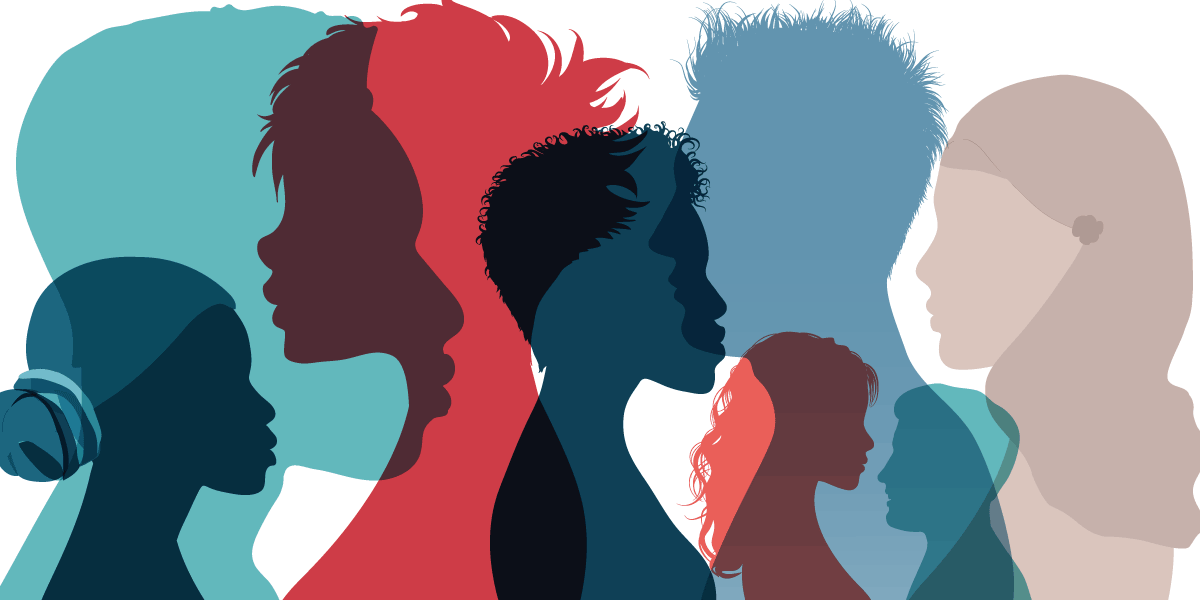Diversity and Inclusion (D & I) have become buzzwords in recent months but the benefits of workplace diversity have been clear for years. Data shows companies that hire for and promote D & I are stronger than those who don’t.
- Racial and ethnically diverse companies are 35 percent more likely, and gender diverse teams are 5 percent more likely to have financial returns above their respective national industry medians.
- Companies with above-average diversity had 19 percent higher innovation revenues.
- Companies with the most ethnically and culturally diverse boards worldwide are 43 percent more likely to experience higher profits.
- Diverse teams (of three or more people) outperform individual decision-makers up to 87 percent of the time.
As the world deals with a racial awakening, marketplace expectations are changing. Consumers now expect the brands they support to share their values and take action to enact change. This is putting pressure on brands to focus on issues they’ve most likely been avoiding; diversity, inclusion, and representation. The immediate impact on the business world included public call-outs, executives being forced to resign, employees quitting in protest of companies, and more.
To meet these new marketplace demands companies are quickly working to attract, retain, and promote people of color. Some businesses are moving so quickly they aren’t properly vetting new hires or who the team hired to help implement change. Being an expert in D & I requires more than being a person of color. It takes education and skill among other things. In an attempt to appear as part of the solution companies are being shamed into hiring any person of color, instead of being encouraged to hire the right one.
The major issue is that companies are failing to understand that hiring and retention are just a start. The most important factors aren’t being monitored, starting with the experience of diverse employees at work. And if qualified D & I experts aren’t being hired, how will the spread of misinformation impact workplace diversity in the long run?
While pay and promotions greatly influence whether someone stays or leaves, daily interactions in the workplace are a much more important indicator. The current retention data shows when an employee leaves a company, but not the critical reasons why they left. Like whether they felt welcomed and accepted in the workplace despite religious, political, or socioeconomic differences. Were they invited to social gatherings? Were their needs considered both inside and outside of the workplace? This is especially critical for employees with disabilities.
Workplace discrimination and microaggressions derail any efforts to improve diversity. Leaving people of color, women, LGBTQ+, and people living with disabilities largely underrepresented in leadership roles across all industries. Inclusion strategist Vernã Myers explains the differences perfectly, “Diversity is being invited to the party; inclusion is being asked to dance.” Front-facing changes are being made, but structurally things remain the same. Resulting in companies from Amazon to Adidas being called out publicly for their performative allyship.
The definition of insanity is doing the same thing and expecting a different result. We’ve been asking the same questions and measuring D & I by the same standards for decades. But have we been asking the right questions? Since fall 2019 The Los Angeles Times has surveyed 68 women, LGBTQ-identified people, and people of color who work in tech. Half of which agreed that tech is not inclusive to people from diverse backgrounds.
Some of the survey responses include: enduring daily microaggressions; being trotted out to defend a company’s diversity practices; being tasked with extra work typically reserved for diversity and inclusion officers. All of this on top of dealing with, and in some cases, surviving, corporate cultures that can feel hostile to anyone who is not a heterosexual, cisgender white male. The Times survey results mirror those of a Pew Research study from early 2018, which found that more than 60% of Black people, 50% of women, 44% of Asian, and 42% of Latinx people in STEM fields said they’d experienced discrimination at work.
I recently experienced this at a new position. I was one of two people of color working for a tech company and within the first week, I was asked to defend the company’s diversity practices, although they had none. When I was asked to do things typically reserved for diversity and inclusion officers, I quit. I felt like I was being tokenized and anytime I brought up an issue, my opinion was minimized or disregarded. I wish I could say that my experience, as a Black woman in the workplace, was a unique one but all data indicates that this is far from the truth.
Affecting real change in D & I is a long and arduous endeavor that won’t have much of an immediate impact. It will involve creating new job opportunities and require some of those who currently hold positions of power to leave or be replaced by a marginalized person. This is not just about making space at the table, it’s about giving up seats so others have an opportunity to lead.
Our agency CEO, Carol Cain, explains it further: “When thinking about diversifying from the top, and acknowledging that it is literally about replacing current leadership with a more diverse one, many companies hit a wall. Because asking those who have seen their leadership positions guaranteed to them through tenure or professional growth, positions that they have secured through curated affiliations and relationships that only they have had access to, is complicated and controversial.” She continues, “However, if businesses are ready to take the steps towards true diversity and inclusivity, then they will have to make available the privilege and access to more people, as well as breakdown the exclusivity cultures, so that more people have a chance.”
The solutions aren’t obvious or immediate. Companies committed to making a real change must be willing to succeed and fail publicly. Opportunities like paid internships, offering mentorships, and creating ongoing support after the on-boarding process are needed to help ensure that diverse employees are given an opportunity to rise through the ranks.
When companies create processes that help track day-to-day interactions in the workplace they’ll have a better idea of what role race, gender, sexuality, and disability play in employee turnover. Without this information, it’s nearly impossible to identify and address destructive patterns or develop an inclusive and diverse workplace.
The Brave World Media agency is a racially, ethnically, and gender diverse company created by a woman of color. Our goal is to show the world of travel, marketing, advertising, branding, and media through the eyes of a diverse and inclusive creative team. For us, there is no real manifestation of creativity without the inclusion of diversity. This commitment not only from our leadership but from our team is what makes us feel like not only are we working toward a solution, we’re a shining example of a diverse and inclusive work environment. But what if at some point we find that we got it wrong? That we haven’t done enough? How can we be sure that we have the tools needed to accurately measure success in this area? And how can our small agency continue to bring in more voices and diverse insights?
The truth is, we all have a lot to learn and unlearn. Every single one of us, people of color included, have biases to unpack personally and professionally. At Brave World Media we’re willing to succeed and fail publicly. Most importantly, we’re committed to continuously ask ourselves, “How are we changing the landscape of media?” and “How are we improving the path for diverse creatives to enter the space?” We’re even willing to have these expectations from the clients we work with.
We hope that more and more businesses, big and small, will join the efforts in achieving real change and take on the courage to make it happen. A good start for companies and brands seeking to be genuinely diverse and inclusive in the professional landscape is to ask yourselves where your commitment lies in these goals and what are you willing to give up to make it happen.


